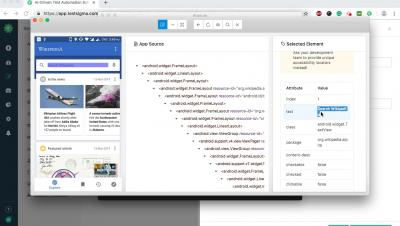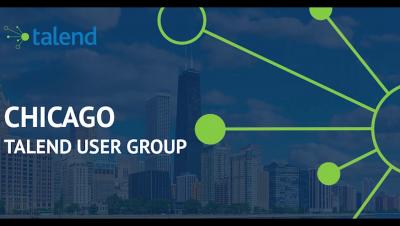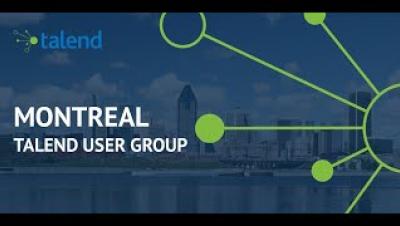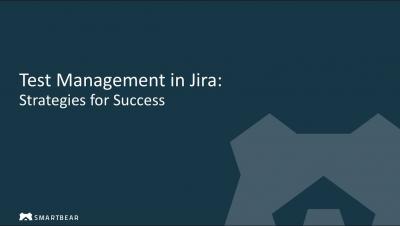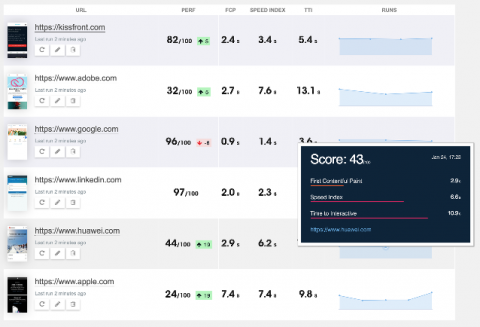Systems | Development | Analytics | API | Testing
%term
6 Ways to Start Utilizing Machine Learning with Amazon Web Services and Talend
A common perspective that I see amongst software designers and developers is that Machine Learning and Artificial Intelligence (AI) are technologies which are only meant for an elite group. However, if a particular technology is to truly succeed and scale, it should be friendly with the common man (in this case a normal software developer).
All the Ways to Connect Your Azure SQL Data Warehouse with Talend
Azure SQL Data Warehouse (DW) has quickly become one of the most important elements of the Azure Data Services landscape. Customers are flocking to Azure SQL DW to take advantage of its rich functionality, broad availability and ease-of-use. As a result, Talend’s world-class capabilities in data integration, data quality and preparation, and data governance are a natural fit with Azure SQL DW.
Chicago User Group Enabling Data as a Service with Talend Cloud API Service
Montreal User Group Introduction to Serverless, Managed Data Science & Machine Learning
Apigee API Monetization: Maximize the Business Value of Your APIs
Test Management in Jira: Strategies for Success
KissFront: Lighthouse as a Service
KissFront is a web performance monitoring tool running Lighthouse continuously or on-demand (using Lighthouse as a service) to monitor your website performance and get insights on speed with modern performance metrics. Lighthouse is an open-source automated tool for analysing and improving the quality of web pages with audits for performance, accessibility, progressive web apps, SEO and best practices.
How to deploy Talend Jobs as Docker images to Amazon, Azure and Google Cloud registries
Since the release of Talend 7.1 users can build Talend jobs as Docker images and publish them to Docker registries. In this blog post, I am going to run through the steps to publish to the major cloud provider container registries (AWS, Azure and Google Cloud). Before I dig into publishing container images to registries, I am going to remind you the basics of building Talend Jobs in Docker images from Talend Studio as well as point out the difference between a local build and a remote build.


